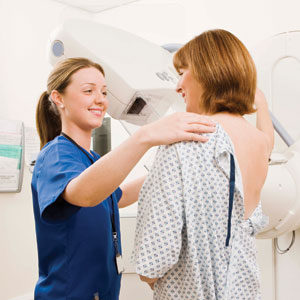So much progress has been made on the subject of breast cancer during the past several years that it is nearly impossible for you or even your doctor to be sufficiently up to speed on all of the developments.
Historically, and in many different areas of medicine, a certain “entrenchment” of information takes place. When this occurs, a collective mindset takes hold and it is even more difficult to affect or change people’s opinions on the subject.
For example, during the past quarter-century, medical professionals advocated a low-fat, high carbohydrate diet to prevent heart disease. This has now been scientifically proven to be incorrect, yet many of us still make a conscious decision to avoid butter and other saturated fats, whole milk and red meat. Interestingly, during this “low fat diet” period, the average weight of an American woman has also increased nearly 25 pounds. source: CDC
This example is intended to show that the medical “experts” are not always right… or at the least, not as current as they should be. And if so many doctors could have been so wrong about something so important as the recommended human diet for so many years, why should we assume they are still offering the best advice when it comes to breast health?
Let’s begin by dispelling the myths associated with breast cancer as well as the screening methods designed to provide early detection:

